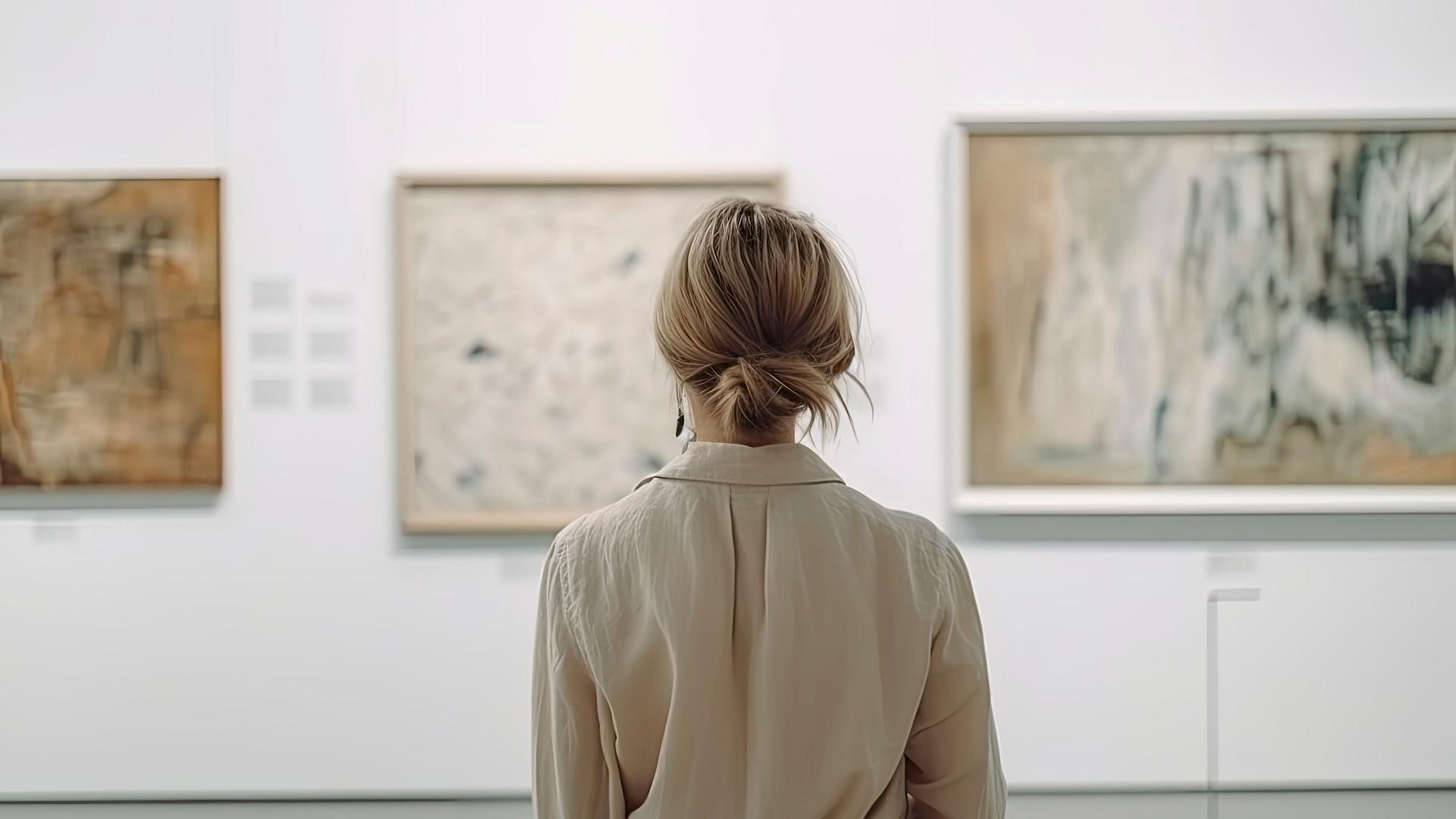An artistic and cultural heritage recognized worldwide
Discover an artistic and cultural legacy that has left an indelible mark on history. The Costa Brava is a treasure trove of treasures, with its rich cultural heritage ranging from ancient Roman ruins to the most contemporary creations.
Explore renowned museums, art galleries and historical monuments that have been recognized worldwide. Immerse yourself in a journey through the centuries and experience the magic of an unparalleled cultural heritage.
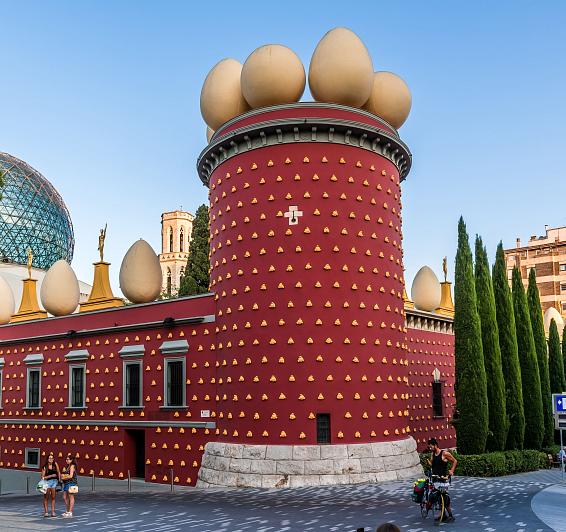
Dalí Theater-Museum
The Dalí Theater Museum, located in the town of Figueres, is a living testimony of the genius of surrealism, Salvador Dalí. This museum, one of the most visited in the world, is considered one of the jewels of the so-called "Dalinian triangle," housing an extensive collection of the artist's masterpieces, offering a unique immersion into his extravagant artistic world. The architecture of the museum, a former theater hall converted by Dalí, is in itself a work of art.
In addition, the Dalinian Triangle includes the Salvador Dalí House-Museum in Portlligat (the residence of Dalí and Gala), and the Púbol Castle in La Pera. These emblematic sites are testimonies of the life and work of the painter and allow visitors to enter Dalí's surrealist universe and understand his artistic legacy worldwide. The Dalí Theater Museum, as part of this triangle, is an essential cultural and artistic experience for lovers of art and creativity.
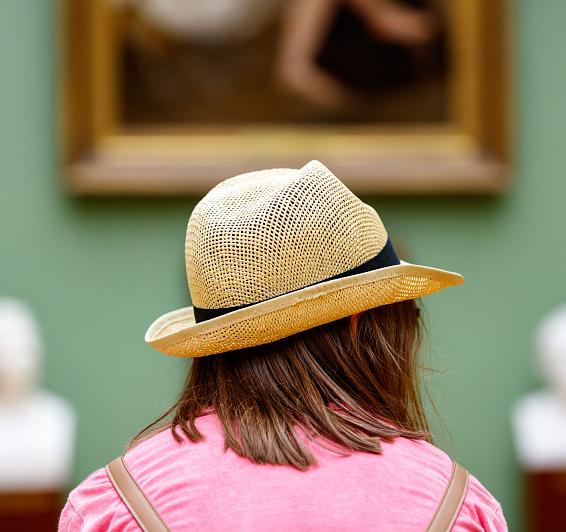
Girona Art Museum
The Girona Art Museum is a cultural jewel that houses the most outstanding collection of the Bishopric and the province of Girona. It offers a chronological journey through Catalan art, from the Romanesque to the Noucentisme, with notable pieces from each era. It is located in the old Episcopal Palace, which dates back to the 10th century and preserves original spaces, such as the prison and a beautiful garden. In addition, the museum manages the heritage spaces of the Old Hospital of Santa Caterina, which include a hospital pharmacy, a former chapel and a charming magnolia patio.
An essential visit for art and history lovers!
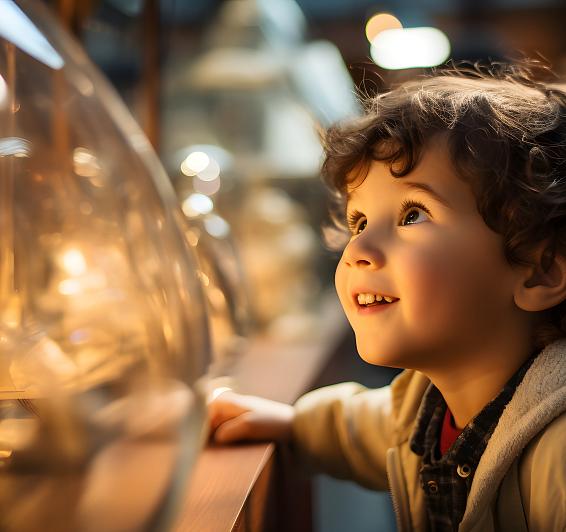
Museum of the Mediterranean in Torroella de Montgrí
The Mediterranean Museum, located in the beautiful region of Montgrí, the Medes Islands and the Baix Ter, is a space that celebrates the culture and diversity of the Mediterranean basin. Visitors can embark on an exciting journey through the sounds and music of this region, exploring the natural environment and the cultural expressions of the people who inhabit it.
With contemporary exhibitions and a dynamic vision of its historical heritage, the Museum of the Mediterranean encourages debate, criticism and dialogue among its visitors. It is a living and open space that embraces the present and future of this region, unique in the world!
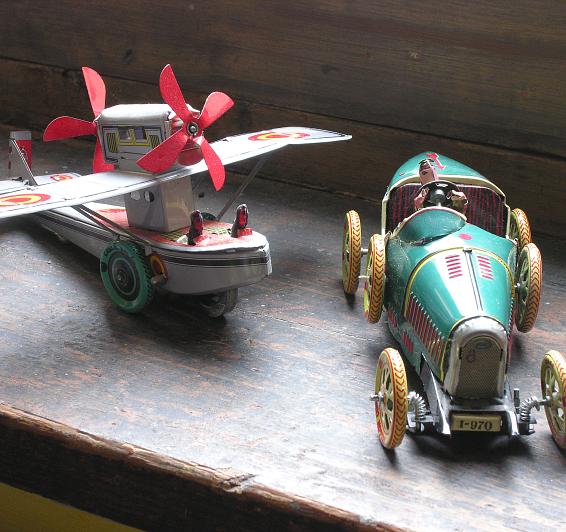
Toy Museum of Catalonia in Figueres
The Toy Museum of Catalonia, located on the charming Rambla de Figueres, offers visitors a fascinating journey through the history of industrial toys in the region. With a collection of more than 15,000 games and toys, of which 4,000 are on display, the museum houses treasures that belonged to prominent personalities such as Joan Brossa, Quim Monzó, Salvador Dalí and many others.
This space is a testament to childhood across generations, presenting toys that will evoke memories of theaters, dolls, tin cars, puppets and other playmates that have enriched children's imaginations. In addition, the museum has been recognized with awards such as the National Popular Culture award from the Generalitat of Catalonia in 1999 and the Cruz de Sant Jordi in 2007, in recognition of its outstanding contribution to culture and the community.
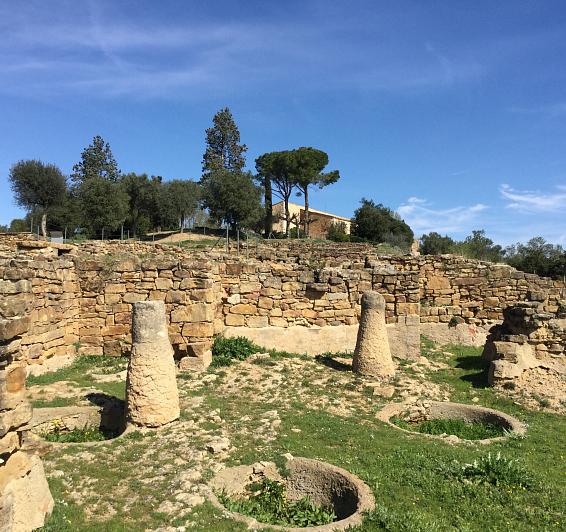
Museum of Archeology in Ullastret
The Museum of Archeology of Catalonia in Ullastret plays a fundamental role in the conservation and promotion of the valuable archaeological heritage of the region. One of the highlights of the visit is the Puig de Sant Andreu, where an ancient Iberian city is located.
The Puig de Sant Andreu housed a community that inhabited the area from the Bronze Age to Roman times, becoming the capital of the indigent Iberians. This historic site, which is part of the Ruta dels Ibers, offers an enriching experience through guided tours, exhibitions, educational and leisure activities, workshops and, occasionally, concerts.
The museum sheds light on the fascinating Iberian culture in the northeastern region of Catalonia, giving visitors a unique opportunity to explore its archaeological legacy.
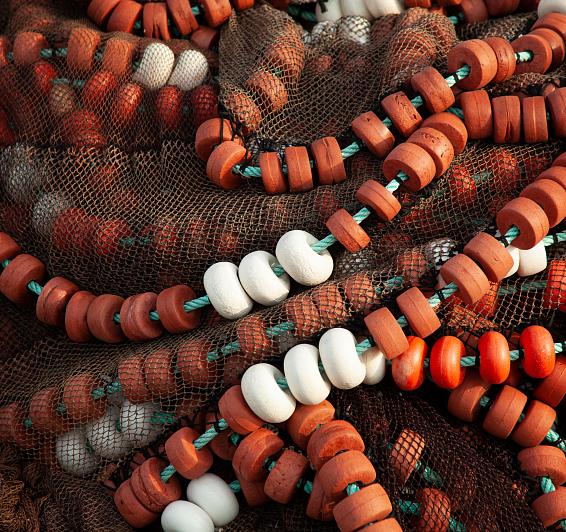
Fishing Museum in Palamós
The Fishing Museum, located in the fishing port of Palamós, explores the deep relationship between humanity and the sea. This museum is presented interactively, encouraging visitors to immerse themselves in the history of fishing and fish. It offers a complete view of marine life in the Mediterranean, fishing areas, and species diversity. The undisputed protagonist is the fisherman, whose life and culture are intertwined with the sea.
The museum shows how fishing has evolved over the years and the importance of preserving marine resources. In addition, it exhibits a valuable collection of objects related to fishing, including traditional tools and boats, offering a unique perspective on this ancient and constantly changing industry.
